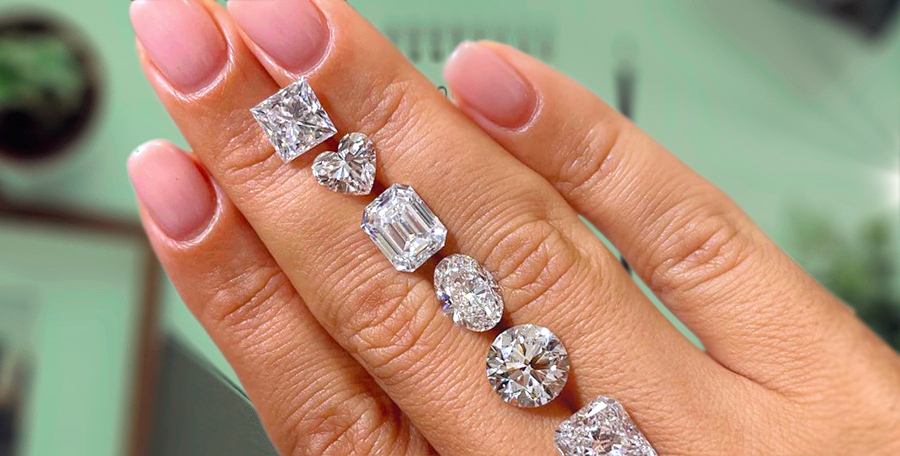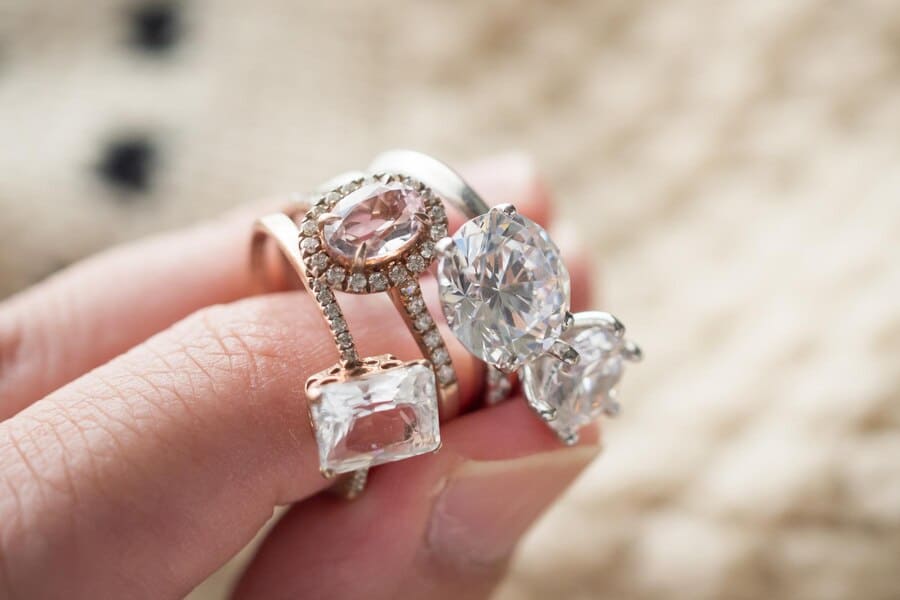When it comes to selecting the perfect diamond for your engagement ring, necklace, or any other piece of jewelry, one of the most important factors to consider is the shape. Diamond shapes play a significant role in how a diamond reflects light and how it complements your personal style. In this article, we will explore essential diamond shapes tips to help you make an informed decision. Understanding the nuances of different diamond cuts will ensure you choose the best option for your unique needs.
Table of Contents
ToggleUnderstanding the Basics of Diamond Shapes
Before diving into specific diamond shapes tips, it’s important to understand what the term “diamond shape” refers to. The shape of a diamond refers to its overall form or outline, and it’s different from the “cut” of the diamond, which focuses on the proportions and the arrangement of the facets. Some of the most popular diamond shapes include round, princess, emerald, and oval, each offering its own aesthetic appeal. Understanding each of these diamond shapes will allow you to choose one that fits your style and budget.
Consider the Purpose of Your Diamond
When following diamond shapes tips, one of the first things you should consider is the purpose of your diamond. If you are buying an engagement ring, the round brilliant shape is a classic and timeless choice. However, if you’re looking for something more modern or unique, you might consider shapes like the princess or cushion cut. Each shape can carry a different emotional weight and personal significance, making it essential to choose one that aligns with the message you wish to convey.
Think About the Diamond’s Proportions
Another crucial aspect of selecting a diamond is its proportions, which can vary depending on the shape. For example, round diamonds tend to have symmetrical proportions, which enhances their brilliance. On the other hand, shapes like the pear or marquise diamond may have different proportions that elongate the finger, creating a slimming effect. Diamond shapes tips emphasize the importance of understanding how these proportions can influence the overall appearance of the diamond. A well-proportioned diamond will enhance its natural beauty and maximize the light performance.
Diamond Shapes Tips for Enhancing Brilliance
Brilliance, or how much light a diamond reflects, is an important factor when selecting the right shape. Round diamonds are known for their exceptional brilliance due to their symmetrical facets. However, other diamond shapes can also offer great sparkle, such as the princess and oval cuts. If you want a diamond that dazzles from every angle, focus on diamond shapes tips that recommend round, princess, or oval diamonds. These shapes tend to maximize light reflection and showcase the diamond’s fire and brilliance.
Matching the Diamond Shape to Your Finger Type
One of the most important diamond shapes tips is to consider how the shape will look on your finger. Different diamond shapes can complement different finger types. For example, round man made diamonds tend to look great on most hands, as their symmetry enhances the finger’s natural shape. Meanwhile, longer shapes like oval and marquise cuts are often recommended for people with shorter fingers, as they create an illusion of length. If you have slender fingers, almost any diamond shape will look good, but you might want to avoid overly large stones that can overwhelm your hand.
Budget Considerations in Diamond Shapes
Budget is a major factor when it comes to choosing the right diamond shape. Some diamond shapes are more affordable than others due to their cutting and shaping process. For instance, round diamonds tend to be more expensive because they are more wasteful when cut from a rough diamond. However, shapes like the cushion or emerald cut often have larger surface areas, which can make them look bigger than other shapes, offering a more budget-friendly option without sacrificing appearance. When looking for diamond shapes tips that fit your budget, consider opting for shapes that offer a good balance between cost and aesthetics.
Choosing the Right Setting for Your Diamond Shape
Once you’ve narrowed down the perfect diamond shape, the next step is to think about the setting. The setting will enhance and complement the diamond’s shape, so it’s essential to choose one that works well with your chosen shape. For example, the classic round diamond looks beautiful in both solitaires and halo settings. On the other hand, shapes like the emerald or asscher cut are often paired with simpler settings to showcase the diamond’s elegance. Diamond shapes tips often recommend pairing the right shape with a setting that highlights its unique qualities and ensures it stands out.
Maintenance and Care for Different Diamond Shapes
Lastly, maintenance and care are crucial factors to consider when choosing a diamond shape. Certain shapes, such as the princess and marquise cuts, have pointed edges that are more prone to chipping. It’s essential to select a setting that will protect these delicate edges from damage. On the other hand, round diamonds are less likely to suffer from chipping due to their smooth curves. Diamond shapes tips often suggest regular cleaning and proper care, regardless of the shape, to keep your diamond looking as beautiful as the day you bought it.
Final Thoughts on Diamond Shapes Tips
Selecting the right diamond shape involves much more than simply choosing the one that catches your eye. It requires careful consideration of your personal style, the diamond’s proportions, brilliance, and how it will look on your finger. By following these diamond shapes tips, you can make an informed decision that ensures your diamond is not only beautiful but also a reflection of your unique taste and preferences. Whether you opt for a classic round cut or a modern cushion cut, the right shape will enhance your jewelry and make it a treasured piece for years to come.




